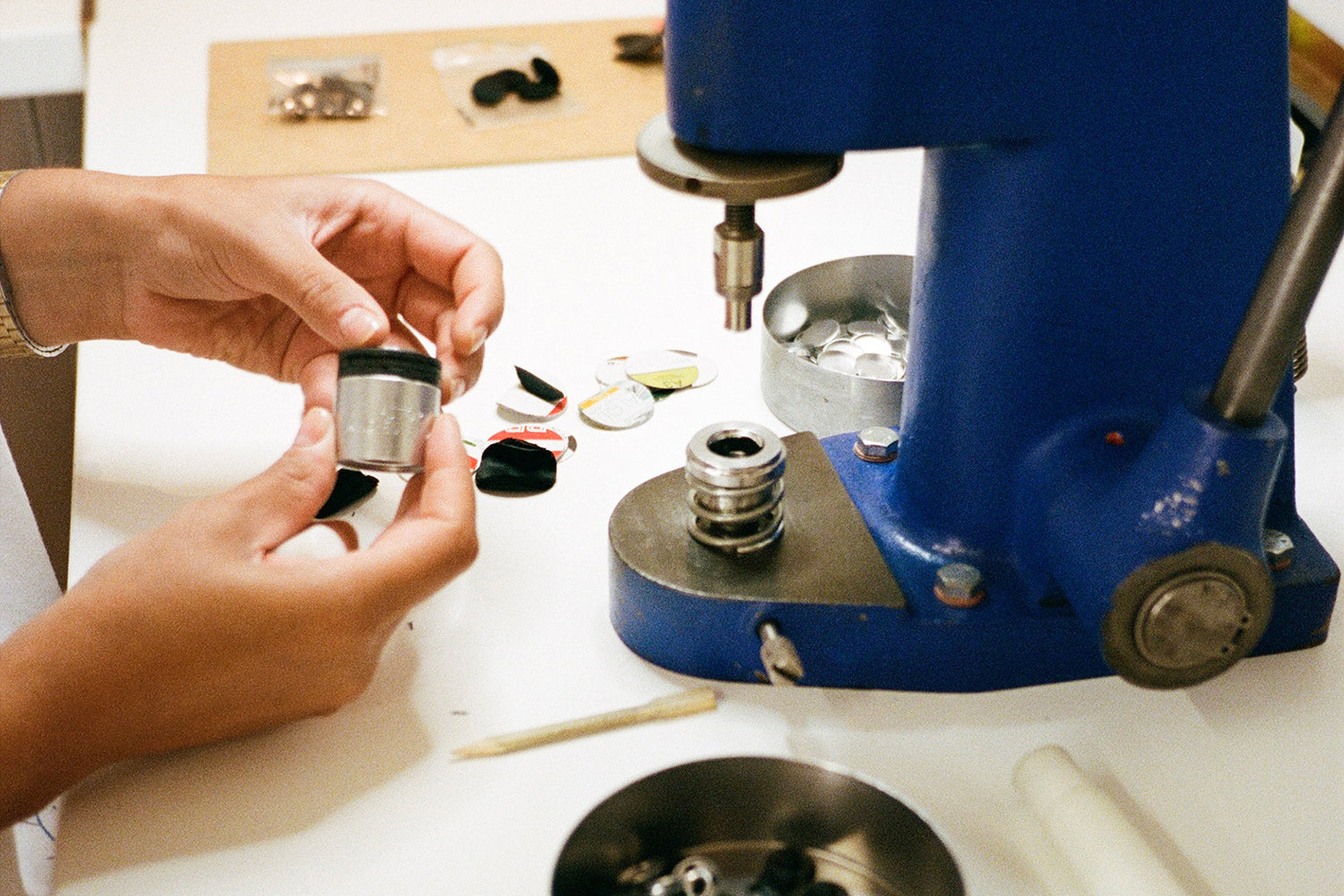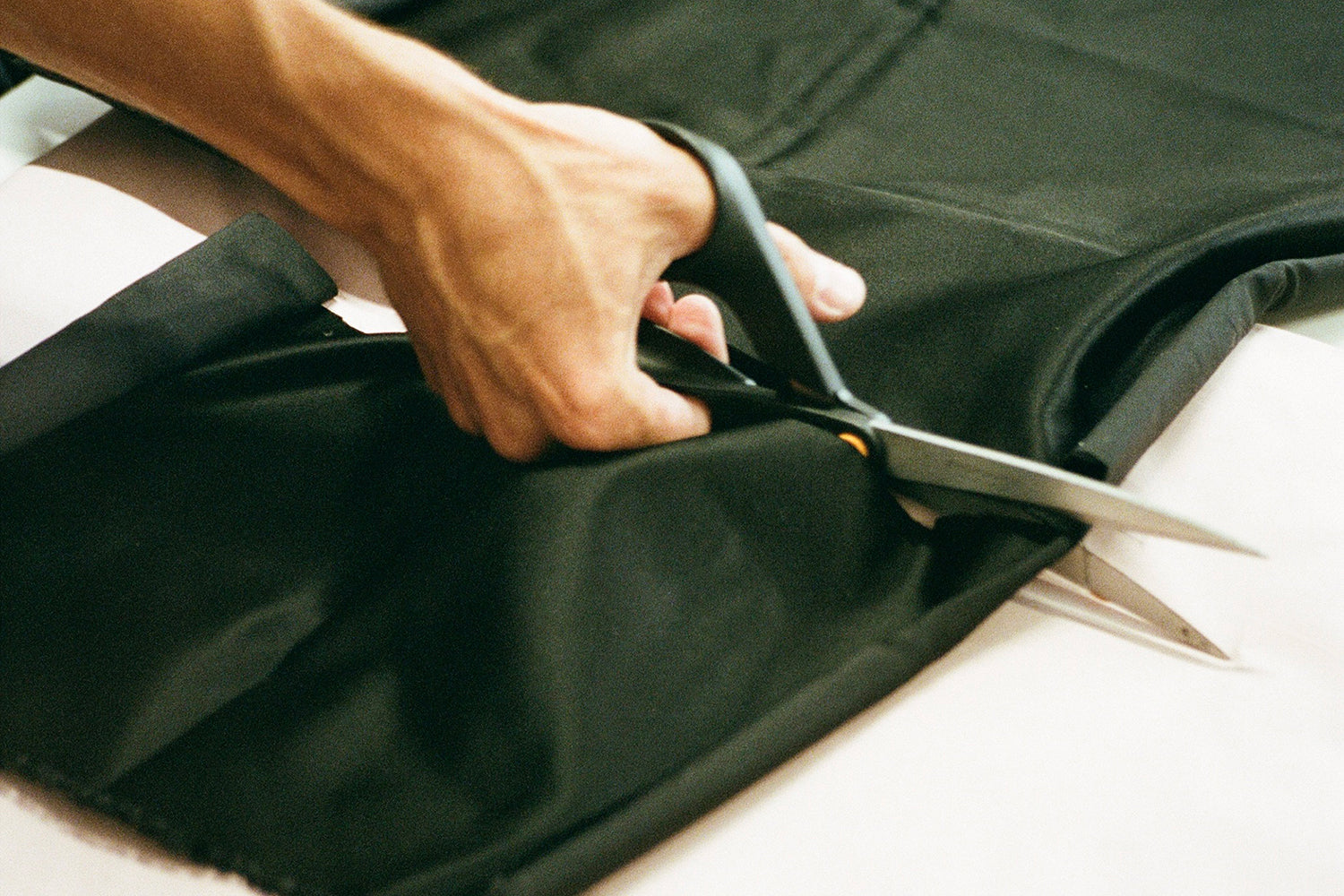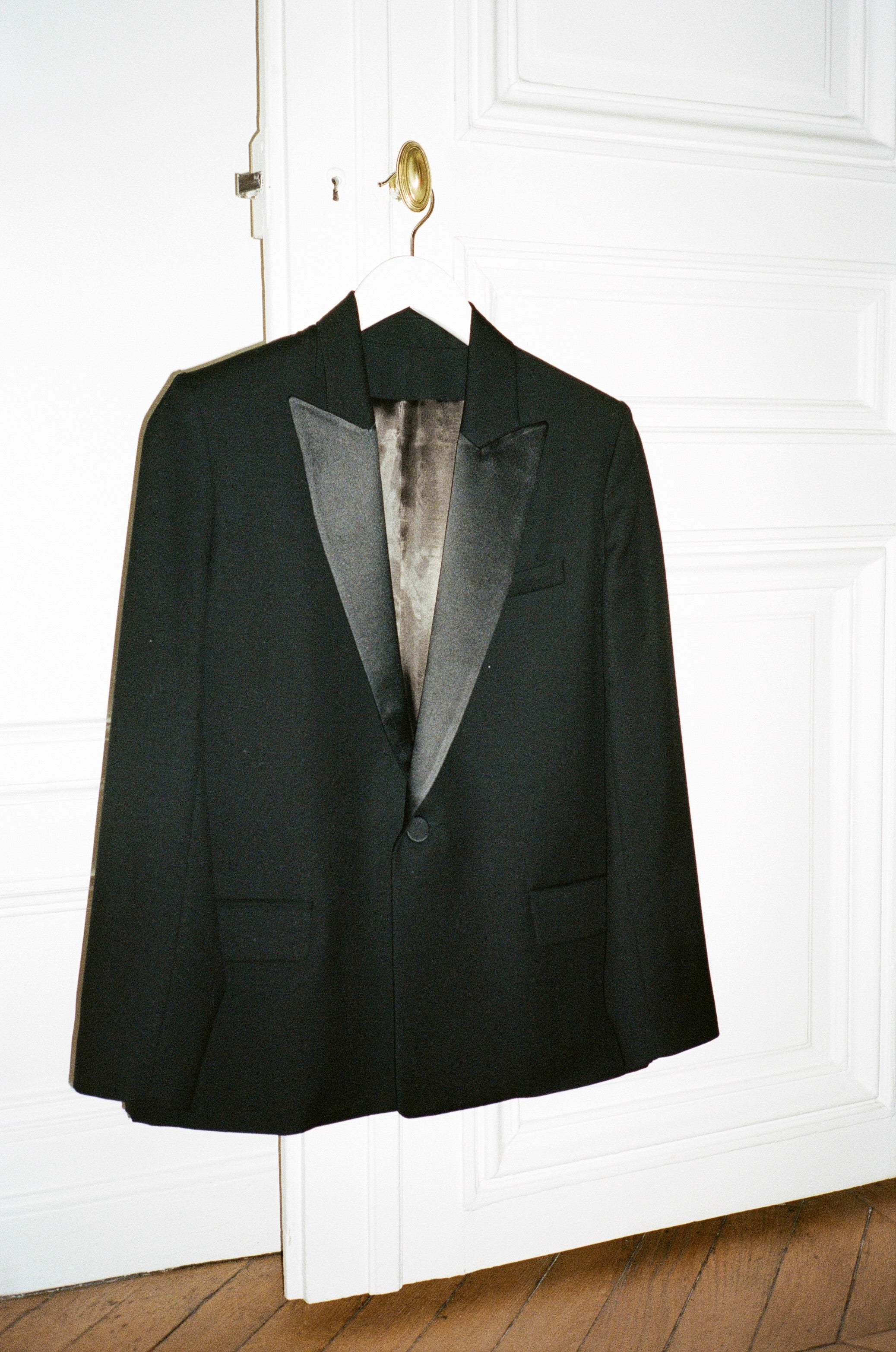
The History of the Tuxedo
Considered today as a timeless piece in both men's dressing and women's wardrobes, the tuxedo jacket has also freed itself from conventions and there are many ways to wear it. Let's go back to the history of the tuxedo, from the British aristocracy to our contemporary wardrobes.
From the 1600s to the 1850s: from the dressing gown to the "smoking jacket"
The arrival of silk in Europe changed fashions and ways of dressing. In the 1600s, it was reported as fashionable to have a portrait portrayed wearing a silk dressing gown: this luxurious dress, ancestor of the tuxedo, was intended for intimate moments, it was only worn at home.
In the 1850s, the Crimean War confronted the European powers and favored exchanges: the soldiers, especially the English, began to smoke more abundantly. Helped by the increased import of Turkish tobacco, the soldiers democratized the act of smoking back home. It is then traditional for men to wear a dressing gown to protect their clothes from ashes and odors. They then withdrew her to join their wife. The “smoking jacket” is then still quite varied in its style: it is worn as much in cashmere as in wool or flannel.
1860: The tuxedo, a special order from Edward VII in the style we know today
It was from 1860 that the tuxedo in the style we know today appeared. It was then a fluid indoor jacket that the men wore in the smoking room, hence "tuxedo", so as not to impregnate their clothes with the smell of tobacco. Edward VII, fond of this garment, had his tailor Henry Poole & Co of Savile Row make a special order for a slightly modified "smoking jacket". In blue silk, shorter than the traditional tailcoat, with a single buttonhole, his modified version of the "smoking jacket" was less cumbersome: he began to wear it in society and during his leisure activities.
The birth of the “tuxedo”: The overseas tuxedo jacket
During a trip across the Atlantic, invited to the ball organized by James Brown Potter, an American millionaire living in Tuxedo Park, Edward VII would have worn his "smoking jacket": this origin is attributed to the name "tuxedo" that Americans lend to the tuxedo jacket.
1890s: The tuxedo is first worn by women
Democratized for the common of the English elite in the 1890s, the tuxedo jacket has become an emblem of the male wardrobe. We spot it on the back of untamed women like Colette and Renée Vivien who borrow this fetish piece from the male wardrobe.
From 1930, it was the turn of Marlène Dietrich, who popularized the female tuxedo in the film “Morocco” by Josef von Sternberg.
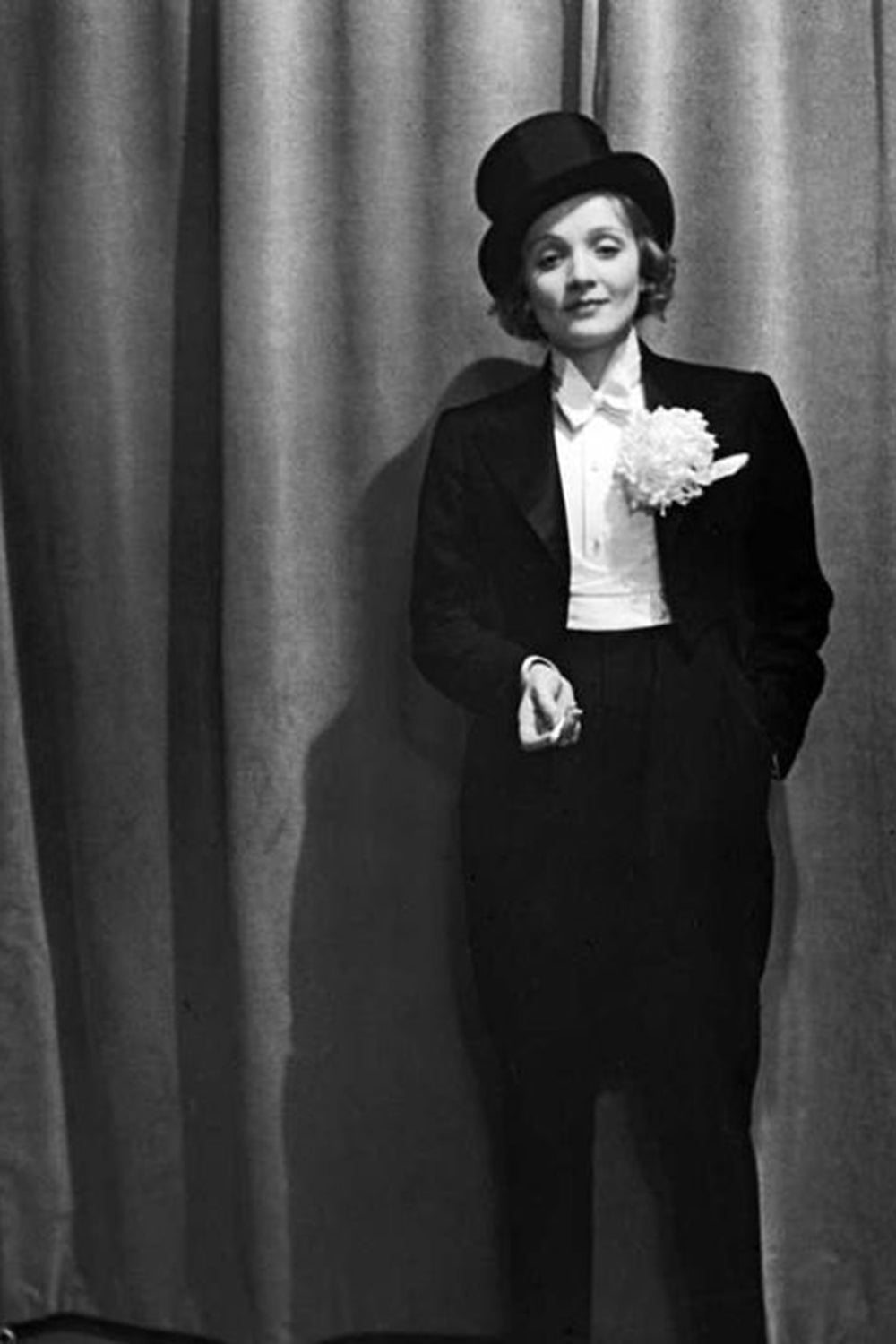
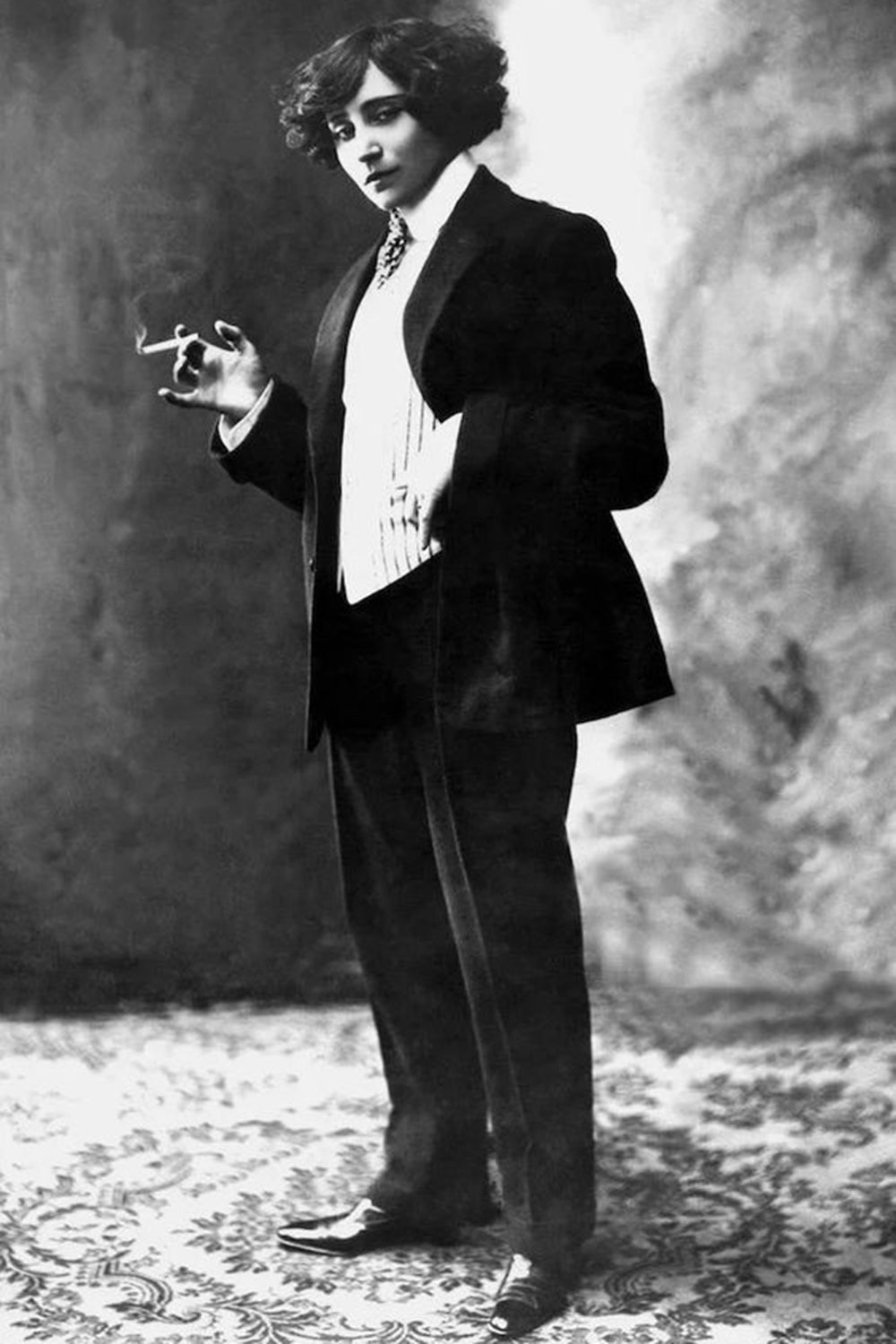
1960s: The women's tuxedo is democratized from the catwalks to the streets
It was not until 1966 that the tuxedo jacket became more popular in women's wardrobes, in a context where women were not always authorized to wear trousers: if they were not wearing a dress or a skirt, they saw themselves still sometimes prohibited from entering banks, hotels or luxury restaurants.
It was Yves Saint Laurent, during his fall-winter 1966 presentation, which put the spotlight on the women's tuxedo: critics and buyers were not thrilled, but a few weeks later, the tuxedo jacket was acclaimed by the clientele of his first ready-to-wear boutique on rue Tournon, the famous Saint Laurent Rive Gauche boutique.
The tuxedo jacket becomes synonymous with feminine power, immortalized in 1975 by Helmut Newton in a photo that has become iconic.
In 2002, Yves Saint Laurent put the tuxedo in the spotlight during his last retrospective show retracing his 40 years of creation for his eponymous brand: the show ends with a series of tuxedos, worn by the greatest models like Laetitia Casta and Catherine Deneuve.
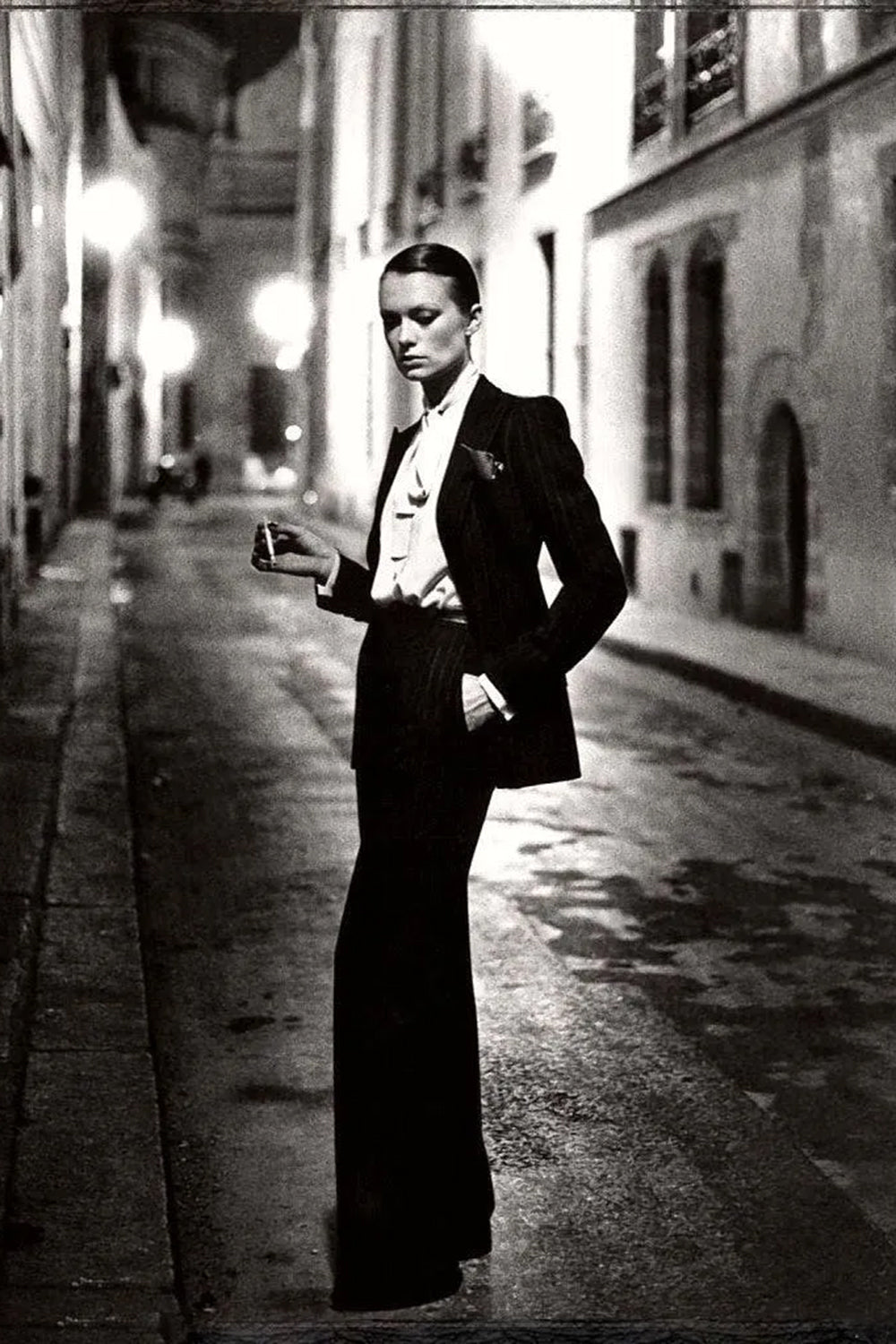
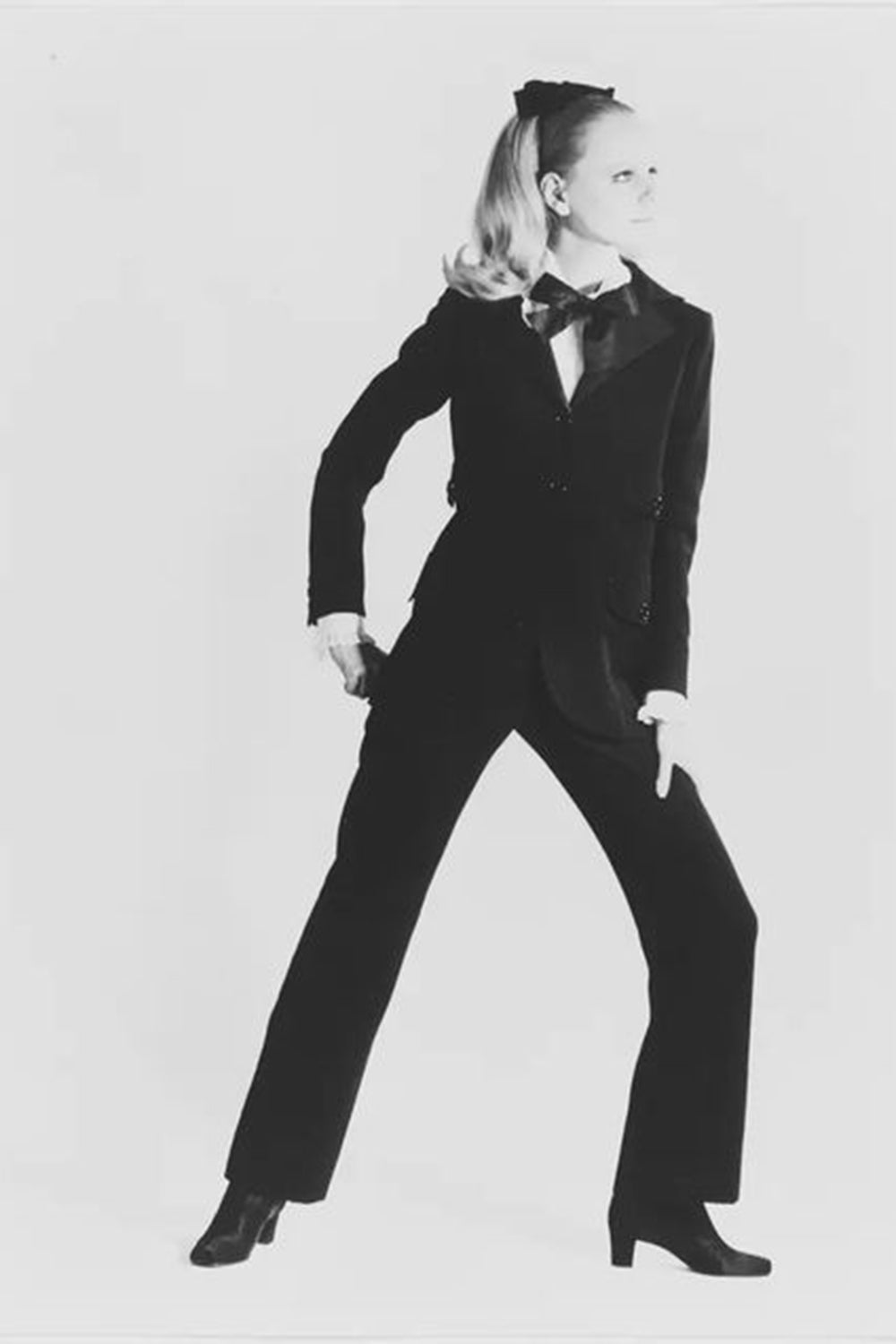
The tuxedo jacket today
Traditionally made in grain de poudre wool with a silk satin collar, the tuxedo jacket is most often available in black and midnight blue. Since its transformation from smoking room to evening dress by Edward VII, the style of the tuxedo jacket has changed little: the tradition requiring a satin shawl collar and trousers with a wide satin band at the waist. The way he wears it has, however, evolved considerably, moving from the men's wardrobe to the women's wardrobe, from the codified evening dress to a jacket to associate according to his desires as much with boyfriend jeans, a t-shirt and sneakers. .

